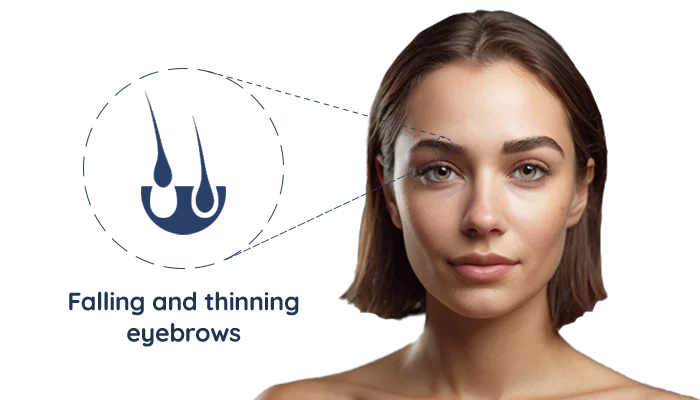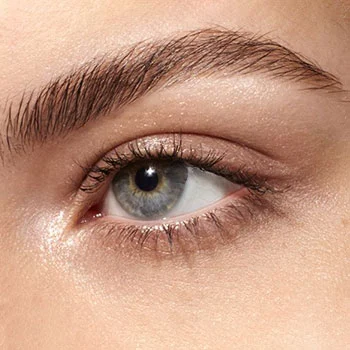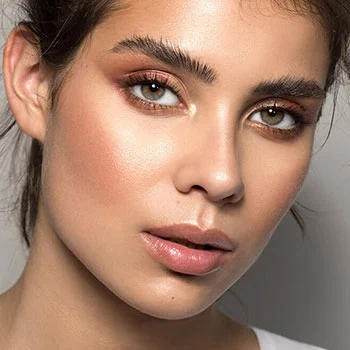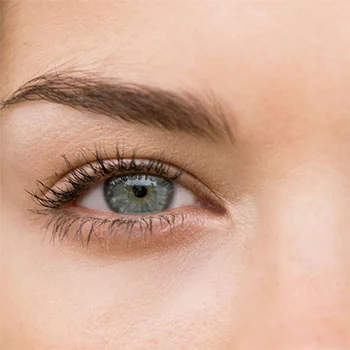Introduction
Eyebrows play a significant role in facial appearance and are an important aspect of overall facial aesthetics. They frame the face, define the eyes, and can enhance or detract from the overall appearance. Well-groomed eyebrows can help to create a more youthful, polished, and put-together look.
Microblading is a cosmetic tattooing technique. It can help enhance the eyebrows' natural shape and create a fuller, more defined look. It can also help to correct asymmetry, create a more polished look, or create a new shape for those with sparse or over-plucked eyebrows.
What is microblading?
Microblading is a cosmetic tattooing technique that uses a small, handheld tool to manually create hair-like strokes on the skin to fill in sparse or over-plucked eyebrows. The pigment is applied to the epidermis, the top layer of skin, rather than the dermis, the second layer of skin, like in traditional tattooing. It is also referred to as eyebrow embroidery or micro-stroking. The procedure is semi-permanent and typically lasts 12-18 months before needing a touch-up.
Who are good candidates for microblading?
Good candidates for microblading are those who have sparse or over-plucked eyebrows, have difficulty applying makeup to their brows, or have uneven or asymmetrical eyebrows. The procedure can also benefit individuals who have lost their eyebrows due to medical conditions such as alopecia or chemotherapy. It's important to note that microblading is not suitable for everyone; individuals with certain skin conditions such as eczema, psoriasis, or active acne should avoid the procedure. Also, people who are pregnant, nursing, or have a history of keloids should avoid the procedure. It's highly recommended to consult with a professional before getting the procedure done.
How is it done?
Microblading is typically done in a few steps:
- Consultation: The technician will discuss your desired look, evaluate your skin and hair type, and determine if you are a good candidate for the procedure.
- Shape design: The technician will then draw your eyebrows' desired shape and thickness, and you will have the chance to make any changes or adjustments before proceeding.
- Numbing: A numbing cream or gel will be applied to the area to minimize any discomfort.
- Microblading: The technician will use a small handheld tool to manually create hair-like strokes on the skin, using a pigment matched to your natural hair color. The pigment is applied to the epidermis, the top layer of skin.
Aftercare and results
Aftercare is an important part of the microblading process and will greatly impact the results. The technician will provide you with detailed aftercare instructions, which may include the following:
- Keeping the area clean and dry: During the first few days, do not get the area wet, and gently clean the area with a mild, fragrance-free soap.
- Avoiding certain activities: You should avoid activities that may cause excessive sweating, such as working out, for the first few days. Sun exposure, sauna, and swimming should also be avoided for at least a week.
- Applying ointment or cream: The technician may recommend applying a thin coat of ointment or cream to the treated area to help keep the area moisturized and promote healing.
- Avoiding makeup: You should avoid applying makeup to the treated area for the first week.
- Avoiding picking, scratching, or rubbing the treated area.
It's important to follow these aftercare instructions carefully to ensure that the color stays true and that the area heals properly.
The procedure may require a touch-up around 4-6 weeks later to ensure that the color is even and to make any necessary adjustments. The results of microblading are semi-permanent, typically lasting 12-18 months before needing a touch-up. The ultimate result can last up to 30 months, depending on individual skin type and aftercare. The longevity of the results can be impacted by factors such as sun exposure, skin type, and aftercare.
Color will appear darker in the first few days and lighten up in a week to 10 days. After a week, you can expect the area to be fully healed.
What are the side effects and risks
Microblading is generally considered a safe procedure, but as with any cosmetic practice, there are risks and side effects. Some possible risks and side effects include:
- Infection: As with any procedure that involves breaking the skin, there is a risk of infection. It is important to follow all aftercare instructions and avoid touching or picking the treated to lower the risk of infection.
- Allergic reactions: There is a risk of an allergic reaction to the pigment or numbing cream used in the procedure. The technician should do a patch test before the procedure to ensure that you do not have an allergic reaction to the pigment.
- Uneven color: The color of the strokes may appear uneven immediately after the procedure, but this should even out as the area heals.
- Scarring: Scarring is a rare but possible side effect of microblading. You should avoid the procedure if you have a history of keloids or thick scarring.
- Discoloration: The color of the strokes may appear darker than expected immediately after the procedure, but this will typically lighten up as the area heals.
- Unsatisfied with the result: Some people may not be satisfied with the final result, so it's important to have realistic expectations before the procedure.
Choose a qualified and experienced professional to perform the procedure and get touch-ups when needed. Researching the procedure thoroughly and having realistic expectations about the outcome are also important.
Microblading cost
The cost of microblading can vary depending on several factors, such as the location, the technician's experience, and the desired look. On average, microblading can range from $400 to $800 for the initial procedure and $100 to $300 for touch-ups. Some places may charge more or less than this. Remember that the cheapest option may not always be the best, and it's important to choose a qualified and experienced technician to ensure the best results.
It's also important to note that touch-ups are typically needed after the initial procedure to maintain the desired look, and these touch-ups may require additional costs. The touch-ups are typically needed every 1-3 years, depending on individual skin type and aftercare.
It is highly recommended to research and compare prices and to read reviews of the technician before you decide to get the procedure done. Also, you should ask the technician about their qualifications and experience and what type of pigments they use.
Other methods to enhance eyebrow beauty
Other methods of eyebrow enhancement include:
- Traditional tattooing: This method uses a machine to apply pigment to the skin and creates a more solid and less natural look, unlike microblading which mimics hair strokes.
- Powdered/ombre brows: This method uses a machine to apply a shading technique to create a powdered or ombre look, unlike microblading, that mimics hair strokes.
- Eyebrow pencils, powders, and gels: These are temporary methods of enhancing eyebrows and require daily application.
- Microblading pen: This is a manual tool similar to microblading, but it can be less precise and may not mimic hair strokes.
- Microshading: This semi-permanent eyebrow procedure in which tiny dots of pigment is applied to the eyebrows to create a shadow or gradient appearance. This can be combined with microblading for optimal results.
FAQs
Is microblading painful?
The procedure can cause discomfort, but a numbing cream or gel is typically used to minimize pain.
How to clean the area after the procedure?
Use mild, fragrance-free soap and water to clean the area for the first few days with gentle patting; no rubbing.
Can anyone do microblading?
Microblading is not suitable for everyone. Individuals with certain skin-related disorders, such as eczema, psoriasis, or active acne, should avoid the procedure. Also, people who are pregnant, nursing, or have a history of keloids should avoid the procedure.
Can I change the shape or color of my eyebrows after the procedure?
The shape and color of the eyebrows can be adjusted with touch-ups, but it's important to have realistic expectations and to choose a qualified and experienced technician to ensure the best results.





